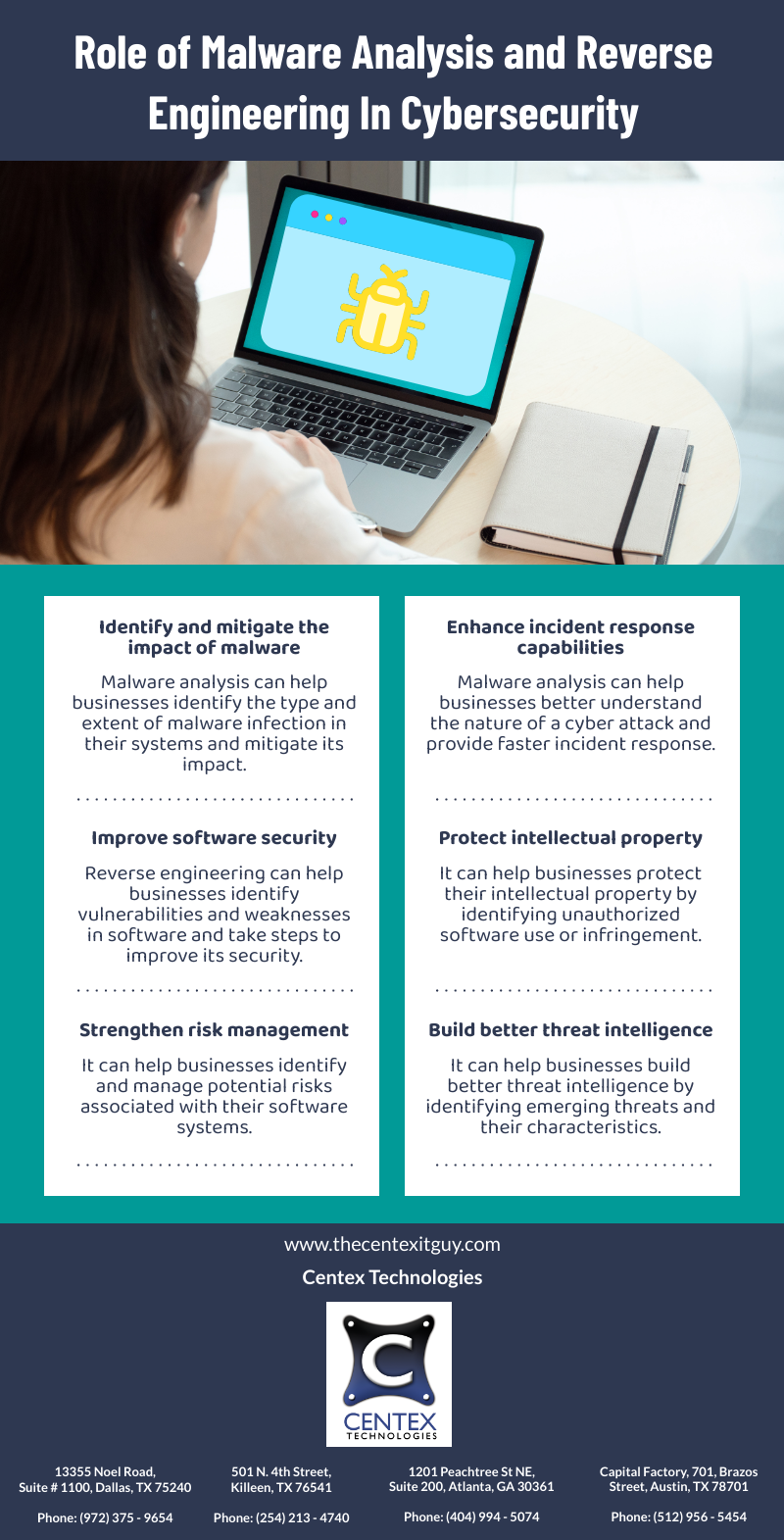While remote work culture has many benefits, such as increased autonomy and a better work-life balance, it also poses unique challenges to IT security. In a family with children, the same network may be shared by children and working parents, exposing the systems to cyber risks due to the unintentional actions of kids. While adults may be familiar with cybersecurity procedures, children who use technology for remote education and entertainment may be unaware of the associated risks. This makes it imperative to educate children on cybersecurity measures in order to protect their safety and sensitive data.
Tips and strategies for teaching children about cybersecurity.
- Start with the Basics: It is important to teach children the fundamentals of cybersecurity, with a focus on protecting their personal information and using strong and unique passwords. They should be made aware of the risks associated with online activities.
- Teach Safe Internet Habits: Safe internet habits may include steering clear of suspicious links or downloads, verifying the reliability of websites, and exercising caution when sharing personal information on the internet.
- Explain the Importance of Privacy: It’s important to stress the significance of privacy and the potential risks associated with sharing personal information, photos, or location details with people you don’t know. Encourage kids to be cautious about what they share on social media platforms, as it can have a significant impact.
- Implement Strong Password Practices: Teach children how to create strong, unique passwords and the importance of not sharing them with anyone. Encourage the use of password managers to store and manage passwords securely.
- Discuss Social Engineering: It is vital to teach children how to avoid social engineering tactics such as phishing emails, fraudulent phone calls, and requests for personal information. Encourage them to be wary of unsolicited messages or requests and to double-check communication channels’ legitimacy.
- Encourage Open Communication: Create an environment where children feel comfortable discussing their online experiences and any concerns they may have. Encourage them to seek help from a trusted adult if they encounter suspicious or uncomfortable situations online.
- Establish Parental Controls and Monitoring: To ensure that your child only accesses age-appropriate content and stays safe online, it is highly recommended that you use parental control software and settings.
- Keep Software and Devices Updated: It is crucial to regularly update devices, operating systems, and applications to ensure they have the latest security patches and bug fixes. Children should be taught the importance of enabling automatic updates and why it is necessary.
- Be a Role Model: Children often learn by observing their parents and caregivers. Set a positive example by following cybersecurity best practices yourself. Show them how you prioritize online safety and make responsible choices while using digital devices and engaging with online platforms.
It is also important to implement cybersecurity practices while setting up a computer network at home. Remote workers may segregate networks and implement a practice of not sharing devices. Workers may also use VPN servers to access work-related applications. For more information on staying safe online, contact Centex Technologies at Killeen (254) 213 – 4740, Dallas (972) 375 – 9654, Atlanta (404) 994 – 5074, and Austin (512) 956 – 5454.

